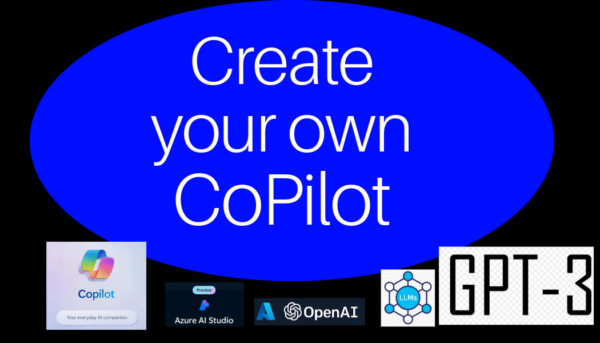Introduction
In today’s rapidly evolving technological landscape, artificial intelligence (AI) has emerged as a game-changer across industries. Azure AI Services, offered by Microsoft Azure, provide developers with powerful tools and capabilities to incorporate AI into their applications. In this blog post, we will explore how to integrate Azure AI Services into your .NET applications, enabling you to harness the potential of AI and enhance the intelligence of your applications.
Getting Started with Azure AI Services
Before diving into the integration process, it’s essential to familiarize yourself with Azure AI Services. Microsoft Azure offers a wide range of AI services, including Computer Vision, Natural Language Processing (NLP), Speech Recognition, and more. These services enable developers to leverage pre-trained models and APIs, allowing them to perform complex AI tasks with minimal effort.
Setting Up Azure AI Services
To integrate Azure AI Services into your .NET applications, you need an Azure subscription. Once you have a subscription, create an Azure Cognitive Services resource in the Azure portal. This resource will serve as the hub for accessing various AI services. Configure the necessary settings, such as the location and pricing tier, based on your requirements.
Adding Azure AI Service Dependencies to your .NET Application
In your .NET application, open the NuGet Package Manager and search for the specific Azure AI service you wish to integrate. For example, if you want to incorporate Computer Vision, search for the “Azure.AI.CognitiveServices.Vision.ComputerVision” package. Install the package and its dependencies, which will provide the necessary client libraries for interacting with the Azure AI service.
Authentication and Access
Azure AI Services require authentication to access the APIs. You can obtain the required credentials, such as an API key or a connection string, from the Azure portal. Securely store these credentials within your application, such as using environment variables or Azure Key Vault, to ensure the confidentiality of your access tokens.
Implementing Azure AI Service Functionality
Once you have set up the necessary dependencies and acquired the authentication credentials, you can start implementing the desired functionality in your .NET application. This might involve tasks like analyzing images, extracting text from documents, translating languages, or recognizing speech.
Examples and Code Snippets
To illustrate the integration process, here are a few code snippets demonstrating how to perform common AI tasks using Azure AI Services in a .NET application:
- Analyzing an image using Computer Vision
var client = new ComputerVisionClient(new ApiKeyServiceClientCredentials(apiKey));
client.Endpoint = "https://<your-resource-name>.cognitiveservices.azure.com/";
var imageUrl = "https://example.com/image.jpg";
var result = await client.AnalyzeImageAsync(imageUrl, new List<VisualFeatureTypes>
{
VisualFeatureTypes.Description,
VisualFeatureTypes.Tags
});- Translating text using Translator Text
var client = new TranslatorTextClient(new AzureKeyCredential(apiKey));
var inputText = "Translate this text to French.";
var result = await client.TranslateTextAsync(inputText, "fr");Scaling and Monitoring
As your application evolves, it’s crucial to consider scaling and monitoring aspects. Azure AI Services offer various scaling options, such as increasing computational resources or using advanced configurations like Azure Functions or Azure Machine Learning. Additionally, Azure provides monitoring and analytics tools that enable you to track service usage, detect anomalies, and optimize the performance of your AI-enabled application.
Conclusion
About the Author:
Software developer for web and mobile environments, with expertise in different technological tools and ease of learning for new technologies.
I have a lot of experience in systems personnel training and application development in the areas of multiservices and finance.
I have taught several courses, workshops, and presentations either national and international.
Gold Microsoft Learn Student Ambassador | AWS Community Builder
My LinkedIn: https://www.linkedin.com/in/cristopher-coronado
Reference:
Coronado, C. (2023). Integrating Azure AI Services into your .NET Applications. Available at: https://www.c-sharpcorner.com/blogs/integrating-azure-ai-services-into-your-net-applications2 [Accessed: 9th January 2024].









 Using a SharePoint Online list as a Knowledge source via ACTIONS in Copilot AI Studio
Using a SharePoint Online list as a Knowledge source via ACTIONS in Copilot AI Studio
